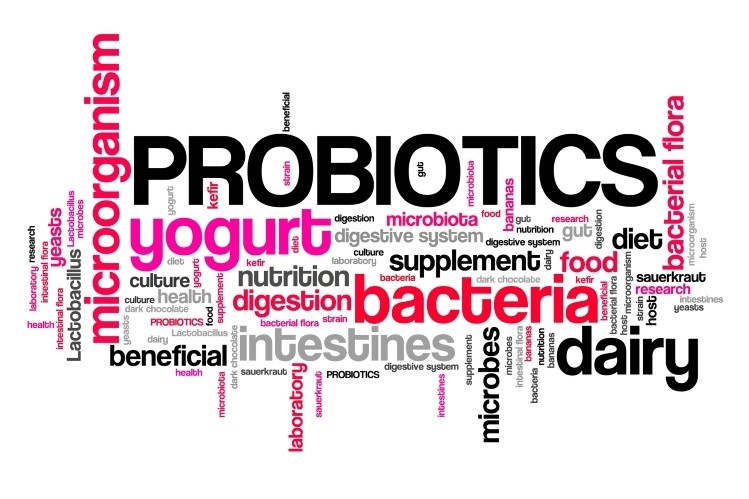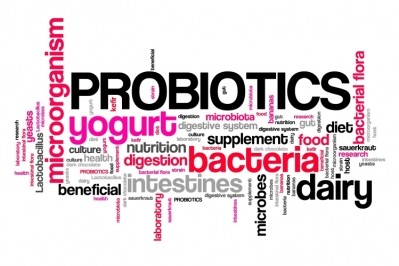Probiotics, prebiotics, postbiotics and synbiotics explained: Danone North America on biotics, dairy and gut health

We had the opportunity to get a description about each of them, and their importance, from Dr Miguel Freitas, PhD, VP of scientific affairs at Danone North America.
Biotics are a trending topic. So can you tell us the differences between probiotics, prebiotics, postbiotics and synbiotics?
Probiotics: “Probiotic” means “for life” (pro + biotic) and they are live microorganisms that can be good for you and have a demonstrated health benefit. Several probiotics have been shown to benefit your digestive system, immune system or other function of your body, such as helping balance your gut microbiota. When I first started my research, bacteria were thought of as bad because of the belief “anti-bacterial” and “sterile” environments were preferable for health. Now, we understand much differently.
Prebiotics: Prebiotics are fuel for probiotics’ health benefits by altering either the composition or function of the gut microbiota. Most prebiotics are dietary fibers, but not all dietary fibers are prebiotics. Prebiotics can be found naturally in some foods such as artichokes, onions, chicory, green vegetables, oats, barley and wheat. Inulin and oligofructose are naturally-occurring prebiotics commonly found in varying amounts in foods.
Postbiotics: Postbiotics are a preparation of inanimate microorganisms and/or their components that confer a health benefit on the host. Since postbiotics do not include live bacteria, they can have a longer shelf life. Postbiotics are an emerging trend in both food and beverages.
Synbiotics: Synbiotics are a combination of live microorganisms and substrate selectively utilized by host microorganisms that confer a health benefit on the host. Synbiotics can be formulated to have a complementary or synergetic approach.
Even though biotics are among the biggest trends in functional foods, not all of these products are created equal. I would encourage everyone to do their own quick science check to make sure that their choice of biotics has been studied by credible experts.
Why do you often find biotics in dairy products?
Dairy products like yogurt are an ideal environment for live bacteria because the dairy serves as a buffer when the biotics are passing through the digestive system. It’s a dangerous path through stomach acid, and the dairy helps with maximum absorption of the biotic benefits.
Prebiotics are also found in dairy products, but most often occur in foods such as artichokes, onions, chicory, green vegetables, oats, barley and wheat.
What’s the difference between eating biotics through food and taking them in supplemental form?
In order for biotics to work in our bodies, they need to survive passage through the digestive system where most biotics work. It’s a harsh environment to get there and there might be some differences if the delivery mode is a food or a pill/powder supplement.
There are several reasons why I recommend biotic foods versus supplements.
Biotic foods can buffer stomach acids and increase the chance that the biotics survive and make it to the intestine.
Fermented dairy products are a source of nutrients such as calcium and protein that biotic supplements don't usually provide.
Some individuals have trouble swallowing, but yogurt is easy and enjoyable to consume.
Are all biotics created equal?
I always say not all biotics are created equal. There are many companies out there selling products that are dubious in their quality and making various claims, both in food and supplements, that are unsubstantiated by neither science nor clinical studies.
The FDA regulates claims on food and supplements in a very similar way but most of the products found in the market are advertised to improve a structure or function of the body. These are considered structure function claims, and the FDA only requires that the company has scientific support for those claims. Given that the FDA does not have to approve any of these claims, it is easy for companies to make those claims without being monitored.
That is not the case for Danone North America. We uphold our products to the highest standards. The probiotic products we commercialize, and specifically Activia, have been studied in different clinical trials for over 20 years – with our science publicly available on our websites and on a medical literature database.
My best advice for consumers is to do their research online using credible sources, but also check on the company’s website to see if there are studies on the specific product and on the specific strains. I would also advise consumers to check the product label if the producer lists the full strain name of the probiotic.
What dairy products would you recommend consuming for biotic intake?
Activia is a brand of Danone yogurt with billions of live and active probiotics. Activia includes a signature probiotic culture Bifidus (Bifidobacterium lactis DN-173 010/CNCM I-2494), plus four additional live cultures. The Bifidus culture was specifically selected because of its ability to survive passage through the digestive system and reach the large intestine in sufficient amounts. This isn’t always true for strains included in supplements and other cultured or fermented foods.

Our research shows Activia may help reduce the frequency of minor digestive discomfort when consumed twice a day for two weeks as part of a balanced diet and healthy lifestyle. Minor digestive discomfort includes bloating, gas, abdominal discomfort and rumbling.
How important is gut health to your overall health?
As the global pandemic continues, when it comes to food choices, consumers are placing even greater value on preventive health. In fact, “Does it taste good?” is taking a back seat to the health profile of products, in the time of Covid-19.
People are especially motivated to stay well, and 2021 health trends show gut health is a top priority. Science has begun to look more closely at how this enormous system of organisms influences—and even improves—health conditions, from heart disease to being overweight. There is so much to learn about the role your microbiome can play in keeping you healthy.
How do you expect the dairy industry to adapt to consumer desire for gut health?
Functional food popularity will continue to soar. The next-generation biotics should be selected for their ability to complement gut microbiome deficiencies or unbalances. In the near future, we can conceive that each of us will be able to consume bacteria or specific biotics that can help improve health or detect risk factors for different disorders at the earliest possible moment, therefore reducing the risk to develop a particular disease.
Are there any innovations in the pipeline at Danone NA regarding gut health and biotics?
The most exciting aspect of working in a health- and nutrition-focused environment is that the work is never done. There’s always more to discover, and with discovery comes greater innovation and disruption. At Danone, we have some exciting progress in the works, and our current portfolio of products is growing.
From Activia to Horizon Organic, Danone is making its mark on the dairy and plant-based world and continually making change for the better.








